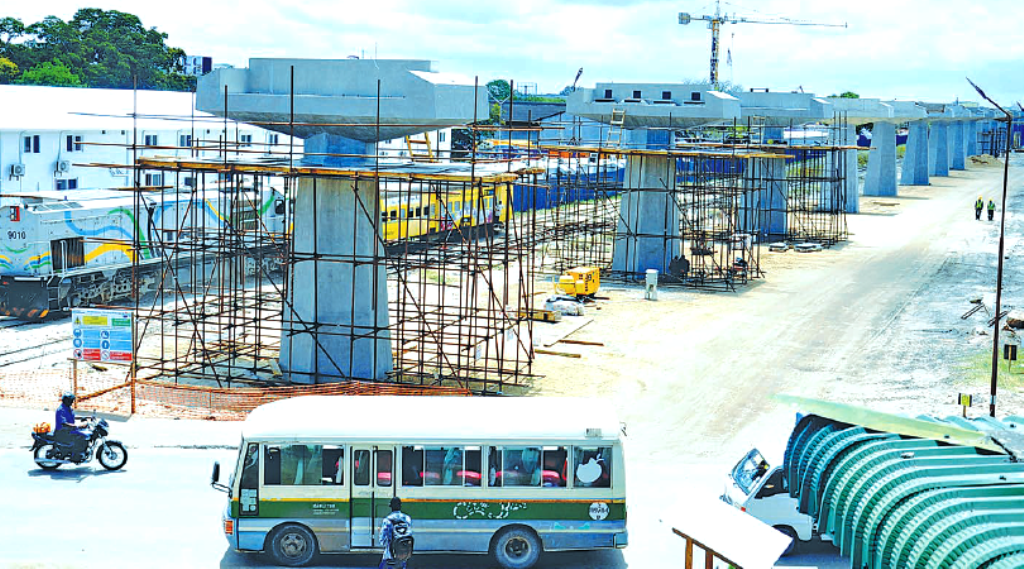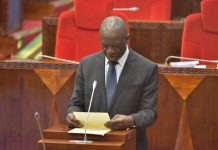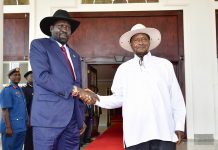THE ongoing construction and renovation of primary infrastructures around East African (EAC) member states are of economic advantage to the block’s population and not entertain ill will competition between the countries being purported by some media outlets within the Region.
It is clear that highway corridors, railroads and ports may not be the medicine for immediate stimulus, but they are crucial to competitiveness and long-term growth, because they facilitate commerce and reduce the costs of trade.
Investment in a port or a highway may create a few jobs in the short term, but it will not generate sustainable economic returns unless it reduces the cost of transporting goods, creating producer and consumer surplus.
Major transportation infrastructures aiming at connecting the EAC member countries include the construction of modern Standard Gauge railway (SGR) eying to connect the interior countries with Dar es Salaam and Mombasa ports.
Others are new marine vessels in Lake Victoria where Tanzania is building new ships and refurbishing two old ones.
Other projects includes renovated airports in Rwanda, Kenya and Tanzania where the once financial troubled airlines like Air Uganda and Air Tanzania are receiving support from respective governments aiming at easing air transport navigation in the Region.
Giving his views to the ‘africa-press’ on the projects, the University of Dar es salaam Lecturer (UDSM), Faraja Kristomus said strengthening basic infrastructures connecting the member countries, was one of the agreement by EAC and therefore the infrastructure were important for this reason and not otherwise.
“Northern Ugandans find it easy to use the Mombasa port to import or export their goods while southern ones prefer the Dar es Salaam port. Also SGR will be a quicker and cheap way of moving consignment and therefore promote business among the member countries. EAC people needs all infrastructures working properly and timely if the unity is to be of tangible economic benefits,” he said.
He cited an example that Kenya’s efforts of connecting its sea port of Mombosa with the Lake Victoria Port of Kisumu, meant that the goods can move from Kenya across Lake Victoria to a final destination with EAC using railways which is interlinking the lakes from different sides.
Mr Peter Mmbando, a diplomatic expert and alumni of the Dar es Salaam based Centre for Foreign Relations (CFR) said that when countries strives to have modern infrastructures like SGR in place, their aim is at improvising completion through quality service delivery.
Mmbando added that Kenya which is an economic giant basing on industries while Tanzania, the second top economy were competing to capture business while other countries were also doing everything possible to improve livelihoods.
“Therefore this kind of competition brings about creativity amongst the countries population to have the common ends met,” he said.
Recently, SGR projects between Kenya and Tanzania have been occupying the regional headlines.
Kenya, which was the first EAC country to run SGR, has the continuation of the SGR construction stalled due to lack of funding.
Tanzania, which is about to finalize its first phase covering more than 300 kilometre from Dar es Salaam to Morogoro, the second phase to Makutupora in Singida Region.
Early this month, Tanzania signed an agreement to extend its SGR to Democratic Republic of Congo (DRC) through Burundi while it had previously agreed with Rwanda to have the line reaching the country and being extended to Democratic republic of Congo.







